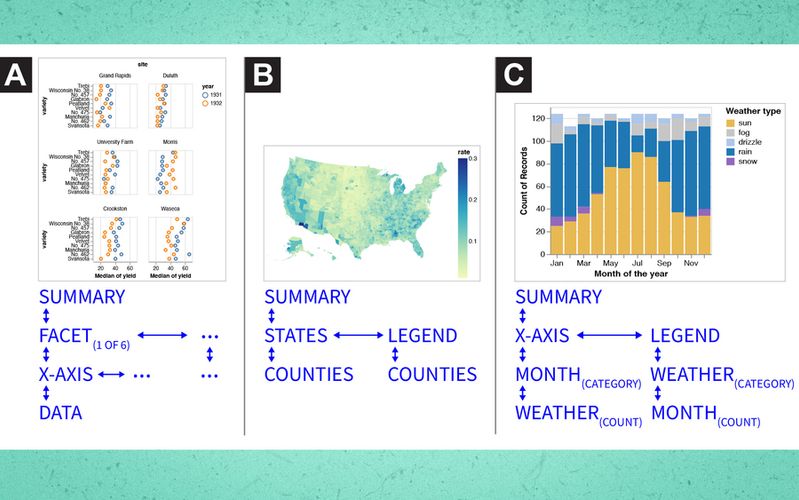
Magic and its Intriguing Connection to Design and the Humanities Explored at MIT
At the MIT Museum, magician, artist, and researcher Jeanette Andrews, along with MIT professors, revealed the hidden design elements in magic and how they intersect with effective communication, psychology, and aesthetics. The discussion showcased the shared goal of astonishing and engaging audiences through well-crafted experiences, emphasizing innovation within the tradition of magic. Learn more in an event replay and interview.
By Adelaide Zollinger
Oct 16, 2023
In the words of statistician and artist Edward Tufte, “The commonality between science and art is in trying to see profoundly—to develop strategies of seeing and showing.” This observation made in an interview on cross-disciplinary exchanges in 2004 resonates with the convergence of design, visual communication, and magic.
In essence, the interplay of magic and design revolves around the art of effective communication, the mastery of perception, and the skillful use of elements like psychology, narrative, and aesthetics to create memorable and impactful experiences. Both disciplines mutually aspire to surprise, engage, and delight their audience through carefully crafted creations.
Such considerations took center stage at the MIT Museum on September 20, 2023, for the On Wonder: In Plain Listen event. Magician and artist Jeanette Andrews was joined by MIT Professors Graham Jones, from the Department of Anthropology, and Arvind Satyanarayan from CSAIL and the MIT Visualization Group. Together, they explored magic’s intricate ties to visual communication, anthropology, and design, in a dialogue which was fully recorded.
Andrews is known for her distinctive approach to magic, which extends beyond the “tricks” themselves. She reflects:
I need to have a robust understanding of how objects function, how people interact with them on a day-to-day basis in the real world. Through having that understanding, I’m able to pull apart the pieces that functionally need to be there or not to function as a piece of magic. Then, I subvert that by creating a hidden layer, while still maintaining the layer holding people's expectations and assumptions of what all those objects and processes are, but make them all recede into a very seamless, typical experience.
She began the evening with “In Plain Listen,” her original piece that translates one of the oldest secrets of magic into a Morse-code-based musical score. Accompanied by MIT PhD student Valerie Chen on the cello, Andrews wove her magical spell, performing the original, historical magic effect that has been known for hundreds of years. “That's a piece of magic where we, as people in contemporary society, understand that if you see a magician destroy something, inevitably, it will get restored because of the cultural trope framing we have of magicians and how they function,” Andrews commented.
With pieces from her extensive repertoire, Andrews engaged the MIT community with intriguing performances and a thought-provoking lecture, followed by a discussion with MIT faculty. Together, they delved into the psychology of magic, highlighting how magicians employ the art of distraction and inattention to conjure moments of sheer awe and surprise, where assumptions form the heart of wonder. Andrews explains:
So much of magic is about taking intangible concepts — things like secrecy and invisibility, and the mysterious and the wonder — and translating them into something more tangible.
For those who missed this enchanting event or simply want to relive the magic, the replay is available on MIT MAD's YouTube channel, along with an interview of Andrews. This mystical experience was co-produced by MIT Anthropology, MIT CSAIL, the MIT Museum, and MIT MAD, with support from Amar G. Bose Research Grants.
“In Plain Listen” was originally commissioned and funded by the Cynthia Woods Mitchell Center for the Arts at the University of Houston.
Related News
MIT MAD Fellow Improves Accessibility of Online Graphics for Blind Users

Jul 18, 2023
“Tomorrow’s Designers, Designing Today” Event Replay

Jul 25, 2023
DesignPlus – A Learning Community

Feb 15, 2023
Related Events
.jpg?rect=1015,882,3485,2178&w=800&h=500)
On Wonder
Performance, Lecture, Panel / Roundtable
Sep 20, 2023

Designing the Impossible
Workshop
Sep 21, 2023







